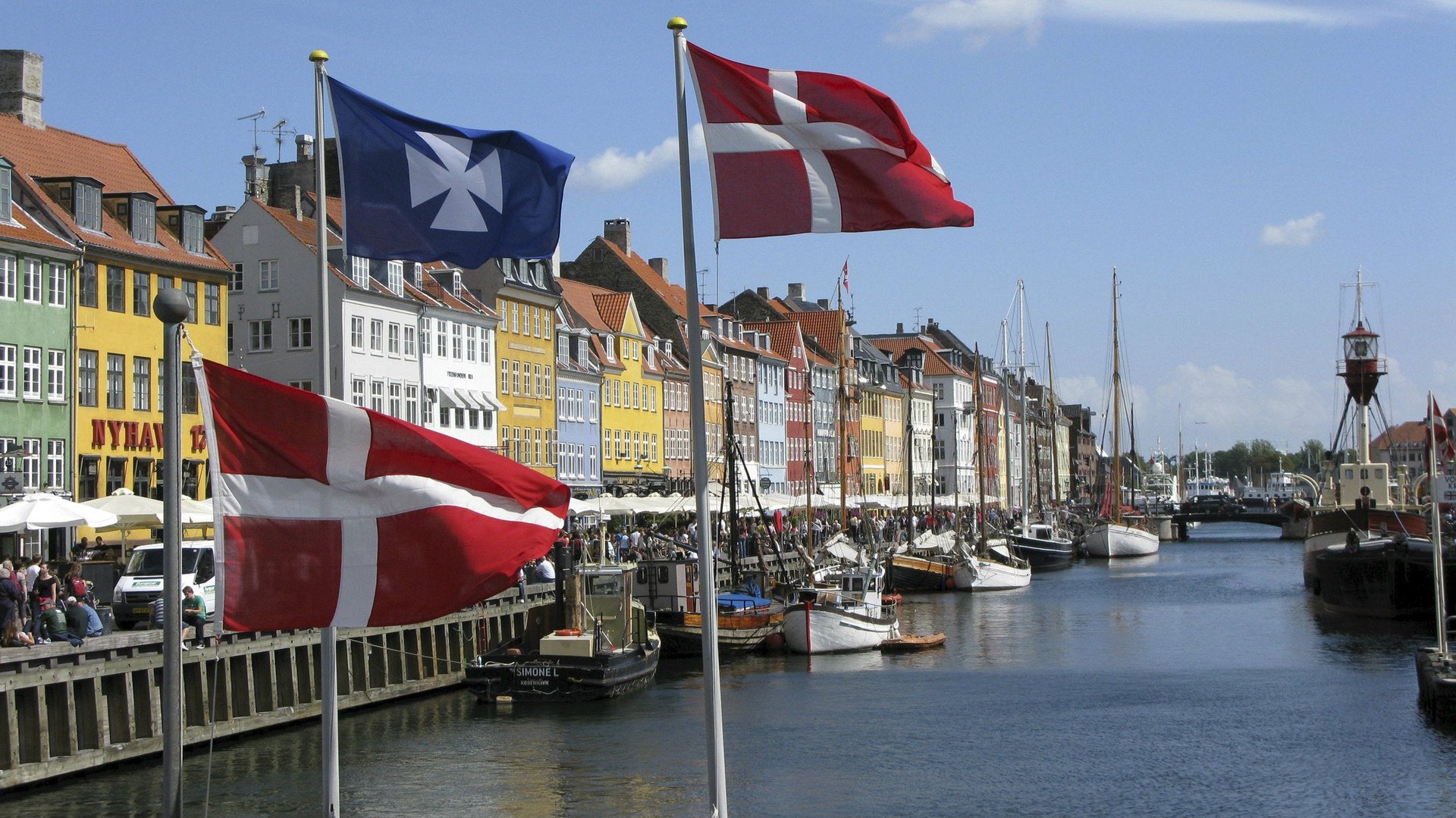It only took a few centuries, but Denmark has finally repaid all its foreign debts
Today marks a milestone for Denmark, centuries in the making. The Danish government will repay a $1.5 billion loan (pdf), freeing it from foreign-currency debt for the first time in at least 183 years.


Today marks a milestone for Denmark, centuries in the making. The Danish government will repay a $1.5 billion loan (pdf), freeing it from foreign-currency debt for the first time in at least 183 years.
This record probably stretches back even further, since Denmark first raised a loan in a foreign currency back in 1757, when it borrowed in Hamburg and Amsterdam, the central bank said. (The records are spotty, so it is unclear whether the country was ever foreign debt-free before 1834, when data collection became more robust.)
The last time Denmark was this close to ridding itself of foreign debt was the late 1890s, when these obligations were worth less than 1% of GDP. But low European interest rates at the time made financing projects like new railways more attractive with foreign debt, so the borrowing restarted.
In recent history, issuing external debt has been a means to ensure sufficient foreign-exchange reserves. After Denmark pegged the krone to the deutsche mark, and later the euro, starting in the late 1970s, market interventions have been used to adjust the krone’s value, which require reserves of foreign currencies to buy and sell.
Now, Denmark joins neighbors Norway and Germany in the ranks of countries with no foreign-currency government debt. Fellow Scandinavian nation Sweden, meanwhile, maintains about 30% of its government debt (pdf) in foreign currencies. It’s not unusual, nor undesirable, for countries to issue some foreign debt to build currency reserves; the US treasury owes about $1 trillion in foreign currency debt. Issuing debt in dollars will become less attractive as US interest rates rise, but many countries—especially in emerging markets—still find it more affordable than borrowing in local currency subject to much higher rates.
For its part, Denmark’s government still has some 465 billion kroner ($67 billion) in debt, which amounted to 23% of GDP at the end of last year, low by international standards. Around 40% of this debt is held by foreigners, who from now on will only get paid back in kroner.